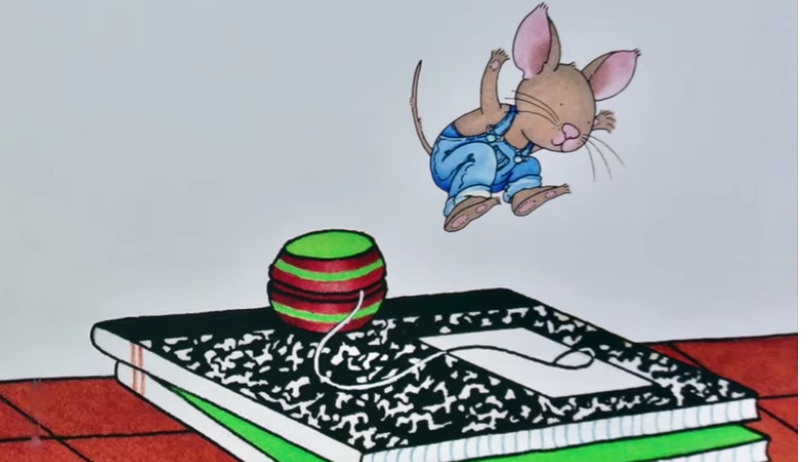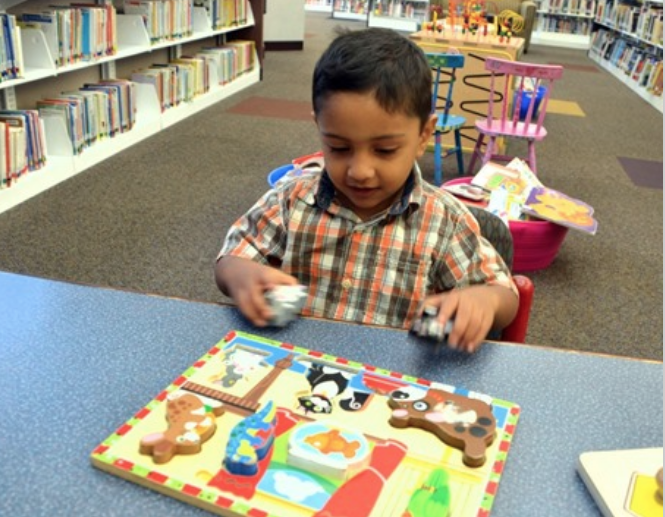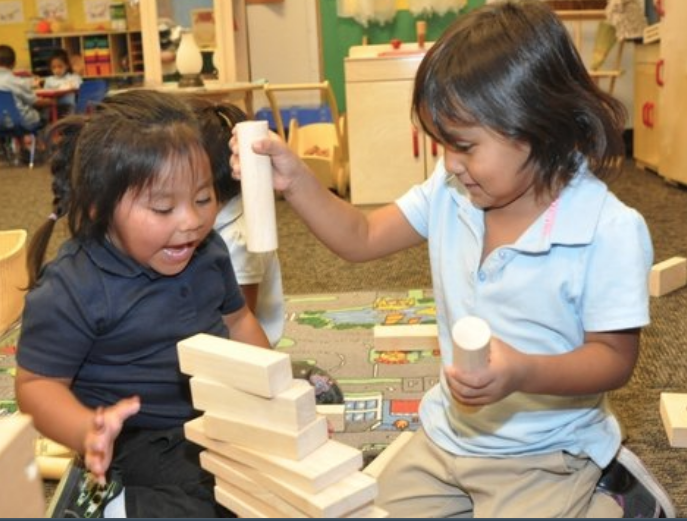Jamieson, Francis
Page Navigation
- Home
- Assignments
- Calendar
- Class Expectations
- Books
- Discussion
- Podcasts
- Photos
- New York State Next Generation Learning Standards
- Schedule
- Resources to Help Children Understand Tolerance
- Portfolio Activities from ClassDojo - ELA & Writing
- Additional Science Activities (Optional)
- Reading, Math, Science, Social-Emotional Learning Activities
- Speech/Language & Articulation Activities
- Interactive Podcasts & YouTube (Bilingual)
- Reading Resources
- Interactive Educational Internet Resources
- Library Books - Read 1 book a day!
https://www.uniteforliteracy.com. At Unite for Literacy, we picture a world where all families have access to an abundance of books that celebrate their language and culture, and cultivate a lifelong love of reading.
-
Effective Instruction - Setting the Stage for Learning
Effective Instruction - Opening a Lesson
https://www.youtube.com/watch?v=R4NKfj6rkoE
https://www.youtube.com/watch?v=9fLCCliOCjI
Mr. Jamieson provides highly effective instruction using specific strategies and practices to maximize student learning. For several decades, he has engaged in reciprocal learning with neurodivergent individuals, facilitated by multiple research-based instructional practices provided by the District currently and used in previous years. He also utilizes specific teaching behaviors that help students develop supportive relationships, experience enjoyment and excitement about learning, and feel comfortable in the classroom while experiencing appropriate levels of independence. His practice encompasses various aspects, like clear learning objectives, differentiated instruction, and active engagement. Key elements include providing clear explanations, modeling desired behaviors, offering opportunities for practice, and giving timely feedback. There is an emphasis on teacher facilitation and fostering student ownership, problem-solving, inquiry, real-life connections and relevance. Mr. Jamieson designs instruction to integrate content areas and weave together knowledge of students, content, assessment, and reflection in the instructional process. He uses available technologies to scaffold student learning, creativity, communication, and collaboration.
Small Wonders, Big Gains: The Preschool Autism Classroom
https://www.youtube.com/watch?v=iTzr7agImr8
-

A Hot Summer Day
by Zaiga Cress Year Published: 2013https://www.uniteforliteracy.com/unite/seasons/book?BookId=43

Barbershop Books
by https://barbershopbooks.org/e-library/ Year Published: Copyright © 2024 Barbershop Books, Inc.https://barbershopbooks.org/storytimes/caps-for-sale/
https://barbershopbooks.org/storytimes/leo-the-late-bloomer/
https://barbershopbooks.org/e-library/
We envision a future where all children identify as readers and enjoy learning.
https://www.thefablecottage.com/
We've created new versions of traditional tales especially for language learners, teachers, and anyone who enjoys a nice story.
BookSpring is the leading Central Texas organization focusing on building literacy skills and the motivation to read through increasing home libraries and reading aloud activities for children.
https://www.uniteforliteracy.com/
By Dr. Molly Ness
One of the end goals of schooling today is for our students to embrace reading as a lifelong pursuit, turning to books to inform, delight, and entertain. This ambitious goal is only possible, however, if children have access to high-quality, inclusive texts.

Get Wet!
by Quilean Croi Year Published: 2015
Going to School
by Holly Hartman Year Published: 2020https://www.uniteforliteracy.com/unite/school/book?BookId=2007

Interactive Read-Aloud: From Head To Toe - Ready To Move & Learn | KidsRead2Kids.com
by Eric Carl Year Published: 1997
Teach Your Computer
by Mike Rudd Year Published: 2015https://www.uniteforliteracy.com/unite/tech/book?BookId=239

The Beach
by Michael McGuffee Year Published: 2013The Girl Who Learned to Fly
by by Sylvia Acevedo Year Published: 2015
Time For School Mouse w/ Words, Music & EFX
by Laura Numeroff/ Illustrated by Felicia Bond Year Published: 2020
We Love the Library!
by Holly Hartman Year Published: 2013https://www.uniteforliteracy.com/unite/community/book?BookId=134

Who Walked Here?
by Will McKay Year Published: 2015 Unite for LiteracyWho Walked Here? By Will McKay
https://www.uniteforliteracy.com/unite/allanimals/book?BookId=1282
Animals in Motion By H. W. Billings
https://www.uniteforliteracy.com/unite/allanimals/book?BookId=1279
Animals That Swim By Phoebe McGuffee
https://www.uniteforliteracy.com/unite/allanimals/book?BookId=1288
Whose Nose? By Holly Hartman
https://www.uniteforliteracy.com/unite/allanimals/book?BookId=2088
All Kinds of Animals By Holly Hartman
https://www.uniteforliteracy.com/unite/allanimals/book?BookId=230
Hide and Seek By Will McKay
https://www.uniteforliteracy.com/unite/allanimals/book?BookId=1728
Preparation: In addition to the website library book (creating picture book abundance and supporting family reading habits) that the students read for the lesson, it was highly effective to expose the children to the hands-on manipulatives and follow-up enrichment activity. Students were placed into groups of twos and threes, which allowed for the teacher and aides to circulate personalizing support of the lesson delivered to them. Regarding the major components of the animal footprint lesson, Mr. Jamieson helped the students to comprehend and build connections to the text. Mr. Jamieson is highly effective, basing instruction on goals that reflect high expectations of all students and clearly has an understanding of the curriculum. He uses a variety of instructional strategies to promote learning by utilizing direct instruction, guided practice, discussion, differentiation, graphic organizers, and student pairs.
All the tasks in my classroom are differentiated. Every student is at a different level and their education is geared toward the level they are at. The teacher and aides always circulate the room to provide support for their varied skills and ability to carry out and complete tasks. Sometimes I may give out the same handout to everyone, but it serves a different purpose for each student as the attending adult can tailor the experience to each child’s ability level. There is always a tension between teaching the whole class, as is typical in formal observations, and following through individually to assess student responsiveness, understanding, and engagement. Students are encouraged to express thoughts, feelings and opinions. My students are in the beginning stages of communication. I draw on great patience to allow them their process so they maintain their self-esteem and love of learning. Students need more compassion and to sense that they are okay as they are in order to come out of their shells. Certain students initially mimic speech patterns, and need one-on-one support to express themselves and complete tasks. Others may have an ability to express themselves verbally but remain silent until they have decided they are comfortable sharing. Spontaneous fluent speech is rare with these communication challenges, and among neuro-divergent individuals.

You Can Do It!
by First One Hundred Institute Year Published: 2019Copyright © 2025 Finalsite - all rights reserved.







